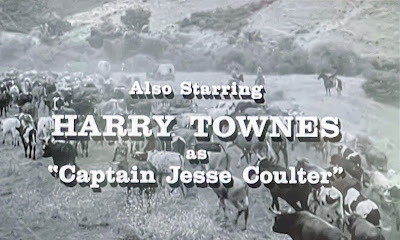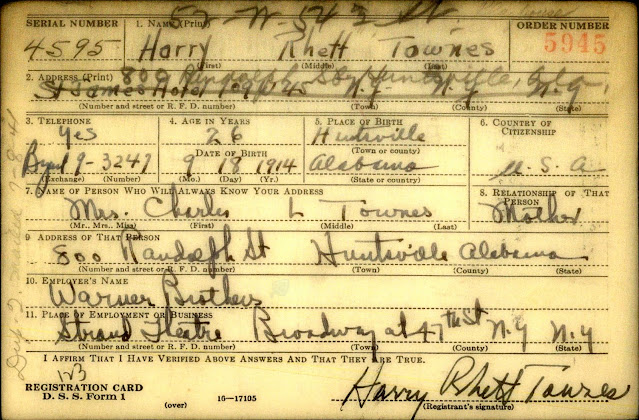Here's the latest batch of links to just-published Alabama history and culture articles. Most of these items are from newspapers, with others from magazines and TV and radio station websites. Some articles may be behind a paywall. Enjoy!
| Artist paints mural that tells the story of East Alabama - al.com Glenn Buxton, director of the Museum of East Alabama, said he wanted the ... history of the five surrounding counties that make up East Alabama. |
| Roy Hoffman novel explores law and Southern xenophobia | DON NOBLE - Tuscaloosa News Roy Hoffman of Fairhope, with two volumes of essays and, now, four novels, has become one of Alabama's best storytellers. |
"Lelia Seton Wilder Edmundson, 'Cotton Queen" & Politician' presented by John Allison - YouTube Alabama Department of Archives & History ... on the board of the Alabama Historical Association and Decatur's Historic Preservation Commission. |
| Auburn's Anders Book Store closes after half a century - al.com It will be demolished to make way for the 177-room Graduate Hotel, the first location by the chain in Alabama, according to the Opelika-Auburn ... |
| Zhang is co-editor of book on advances in heart bioengineering - News | UAB This progress is highlighted in a book co-edited by University of Alabama at Birmingham researcher Jianyi “Jay” Zhang, M.D., Ph.D., ... |
| Confederate Memorial Park to host Civil War Living History & Skirmish - The Cullman Tribune Confederate Memorial Park, a historic property of the Alabama Historical ... A cemetery ceremony and an afternoon skirmish between Union and ... |
| Cartledge Blackwell III to speak at Historic Selma Tour of homes “It tells a story of an incredibly beautiful part of Alabama. Addressing the technologies, art, politics, and people that created and now sustain ... |
| Alabama Power's first female engineer blazed a trail nearly a century ago - Alabama NewsCenter Women at Alabama Power since its earliest days have been making history as pioneers in their field. Among those early trailblazers was Maria Rogan ... |
| Gaineswood Heritage Days offers glimpse of past to 4th and 5th grade students in the Black ... As an enhancement to their study of Alabama history, approximately 300 fourth and fifth grade students representing schools in the Black Belt will ... |
| 80 years ago, Alabama's most famous horse was born - CBS 42 Fred W. Hooper paid $10200 for Hoop Jr., his first thoroughbred horse. In many ways, it was the most expensive horse he'd ever have. |
| Unearthing the last slave ship: A tale of suffering – and reckoning - CSMonitor.com The gripping and affecting book tells several stories, and Raines ... is also a charter captain intimately familiar with Alabama's waterways, ... |
| A spirited writer and a story with wings: A Q&A with novelist Roy Hoffman - al.com Along the way he has collected a Lillian Smith Book Award as well as a Clarence E. Cason Award in Nonfiction Writing from the University of Alabama ... |
| This Day in History: Blizzard of '93 | WHNT.com A strong low-pressure system developed along the Gulf Coast before pushing northward into Alabama. Although this was a fast moving system, it […] |
| UA professors to historicize pandemic in “A Deeper Sickness” - The Crimson White Two University of Alabama history professors, Margaret Peacock and Erik Peterson, released their book “A Deeper Sickness: Journal of America in ... |
| Historical marker placed in Montgomery County cemetery - WSFA The site is Montgomery County's 25th cemetery listed in the Alabama's Historic Cemetery Register.(Source: Montgomery County Commission). |
| Good Morning America highlights Alabama as part of its 'Rise & Shine' series - ABC 33/40 Alabama Booksmith is the only place in the world that exclusively sells signed copies. They also have the first signed Barbara Streisand book out of ... |









































